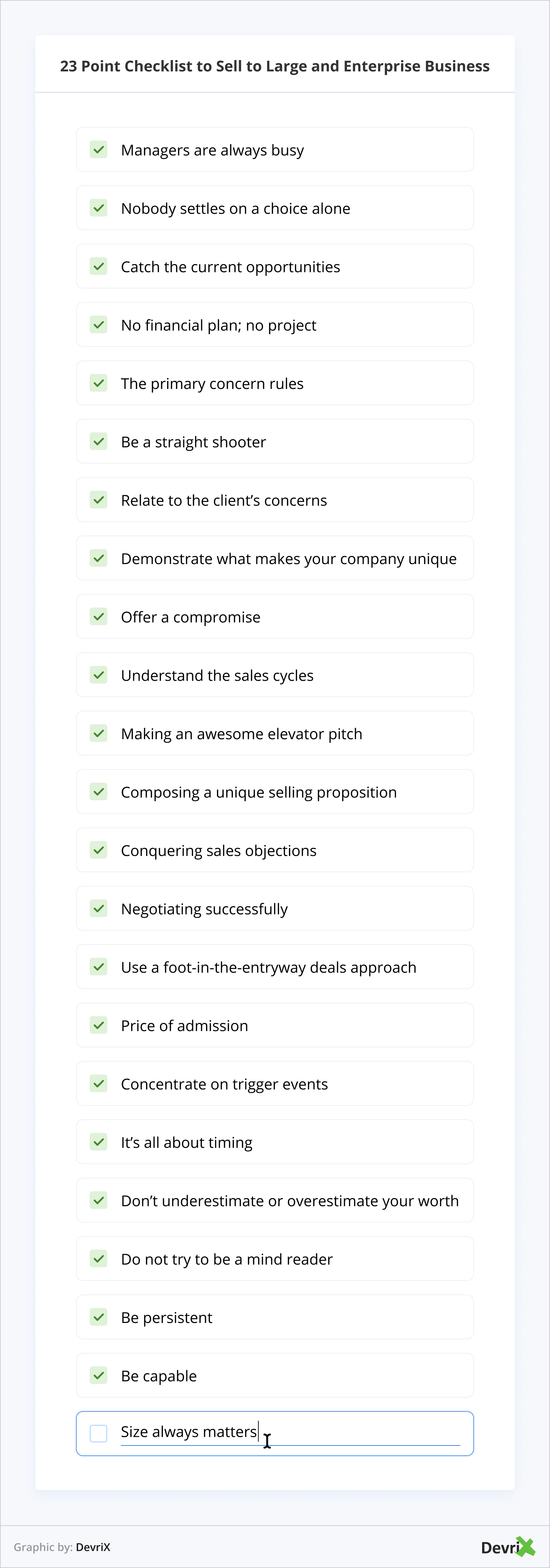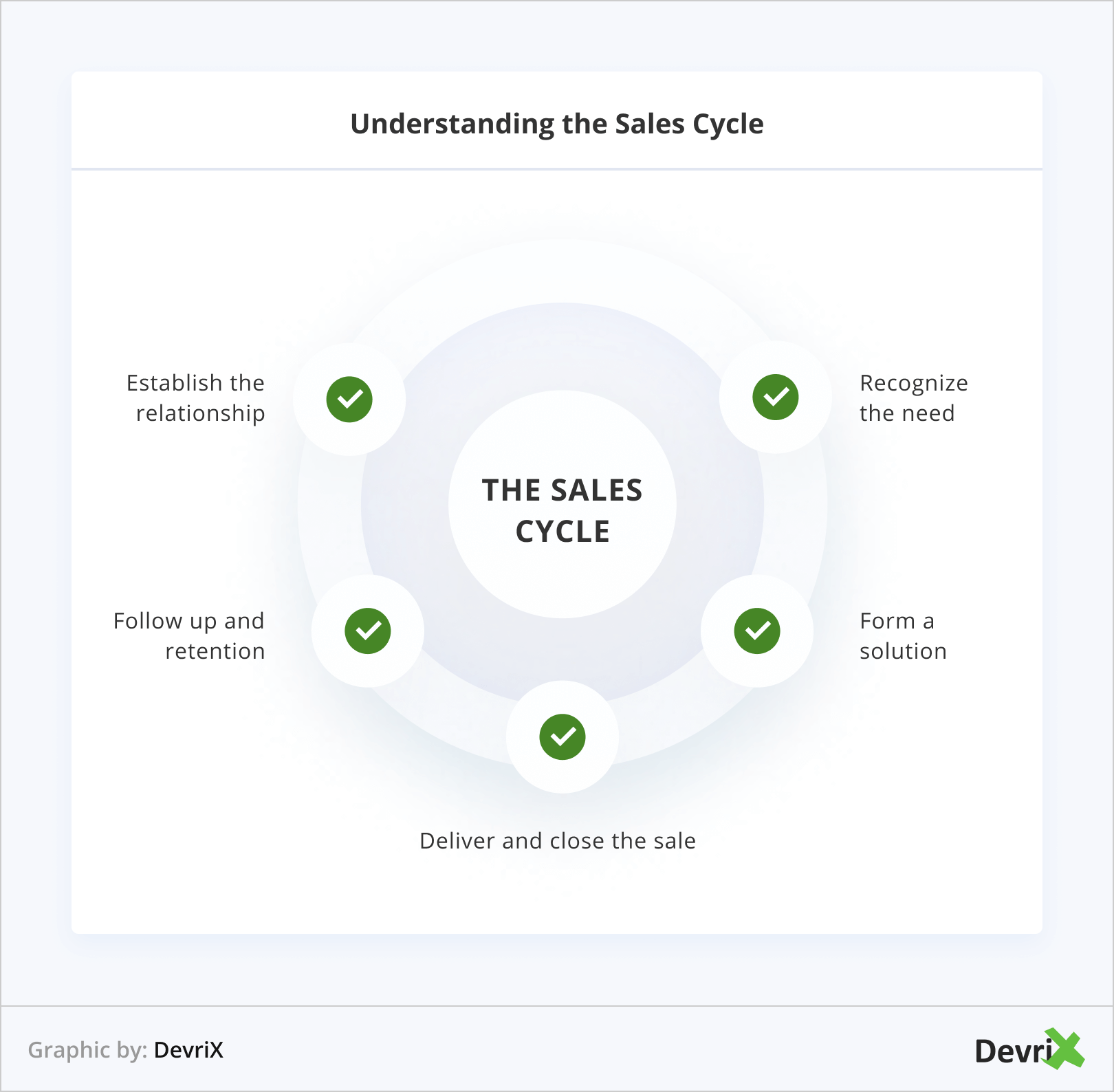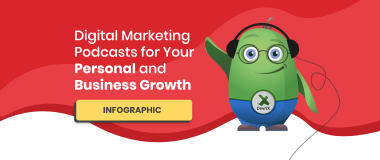Large and enterprise business organizations can be virtual gold mines for sagacious business people. In the event that they like your item or administration, they will enthusiastically extend their association with you. Yet, that can appear like an inconceivability when you’re still on the outside looking in.
Why Selling to Enterprise is Different?
Enterprise deals are relationship deals. It regularly even means building associations with a few people inside an association, which is the mother of a long deals cycle.
It requires a great deal of push to build up trust with partners in the venture, which is the reason most new companies don’t appear to vie for that market from the get-go.
When you offer into a small business, individuals agree to the administration, word spreads and, in the long run, your item achieves the minimum amount. This is the way Dropbox initially moved toward the market in its earliest stages.
That approach regularly won’t work in the large environment, since laborers frequently don’t have the basic leadership or specialized ability to try to do a trial with another bit of programming.
A particular IT office will frequently need to add. You need to put a great deal of time and thought into getting before the opportune people. Exploring your way through the company pecking order.
Aside from the long deals handle, there are prerequisites from an item and administration point of view. Ventures have higher requests for security, support, and adaptability. As a little startup, it’s additionally harder to set up forceful pricing structures.
Especially, when you are being pulled through buying and procurement processes.
23 Point Checklist to Sell to Large and Enterprise Business
- Managers are always busy.
- Nobody settles on a choice alone.
- Catch the current opportunities.
- No financial plan; no project.
- The primary concern rules.
- Be a straight shooter.
- Relate to the client’s concerns.
- Demonstrate what makes your company unique.
- Offer a compromise.
- Understand the sales cycles.
- Making an awesome elevator pitch.
- Composing a unique selling proposition.
- Conquering sales objections.
- Negotiating successfully.
- Use a foot-in-the-entryway deals approach.
- Price of admission.
- Concentrate on trigger events.
- It’s all about timing.
- Don’t underestimate or overestimate your worth.
- Do not try to be a mind reader.
- Be persistent.
- Be capable.
- Size always matters.

Point #1: Managers are Always Busy
Busy managers overlook spontaneous email and don’t return calls. Notwithstanding, when you are in the last phases of making a deal, your contact may not give back your calls for quite a long time.
On the off chance that you acknowledge this as ordinary conduct as opposed to fixating on how you may have brought about it, you will rest better during the evening and utilize your sunshine hours all the more beneficially.
Point #2: Nobody Settles on a Choice Alone
Extensive associations settle on choices by the board of trustees. There are numerous administrators who take part in this “purchasing focus”, and each has a remarkable duty.
Obtaining might be in charge of the “arrangement” while building might be in charge of testing.
Discover who is in the group. Customary deduction says there will be no less than three: the financial purchaser, the specialized purchaser, the end-client.
On the off chance that you need your deal to experience, you have to give each of these contacts with proof, from their perspective, why you and your answer are the best decision.
Point #3: Catch the Current Opportunities
On the off chance that you need to catch the enthusiasm of a bustling individual, you have to let them know precisely how you can help them.
What do the general population in your objective market see to be the most pressing issues they confront or the prompt objectives they have to accomplish?
Pose these questions to the general population you serve and alternate representatives who serve them. Perused exchange writing or uncommon premium distributions and teach yourself on the key issues in your commercial center.
At that point, tell your prospects in each correspondence how you can address these necessities superior to any other individual.
Point #4: No Financial Plan; No Project
No arrangement will experience if there’s no cash in the financial plan.
Continuously inquire whether the customer has a financial plan at the initial meeting. Don’t really anticipate that they will let you know the amount it is – value transactions will come later.
Be that as it may, if your contact can’t answer spending inquiries, it’s a solid sign you are not conversing with the leader.
Point #5: The Primary Concern Rules
When you give your proof, it better-incorporating dollars and pennies. In the event that you are more costly than your opposition, what included esteem will you give? What substantial advantages will they get that make the additional cost advantageous?
A decent offering methodology is to give genuine cases of results at different organizations. Delineations with diagrams and charts are more persuading than any handout.
Point #6: Be a Straight-Shooter
When you are uncomfortable with the offering, you might be enticed to tell a potential customer what you think they need to hear keeping in mind the end goal to make the procedure less excruciating.
This can be unsafe for some reasons, the greatest being that it quite often sounds pretentious. What’s more, once you achieve that point, you have officially lost the deal.
Rather than telling the customer what they need to listen, concentrate on being straightforward and giving the majority of the data the customer needs to settle on a quality choice.
Point #7: Relate to the Client’s Concerns
Amid a business meeting, the customer will quite often drop a few pieces of information about what is keeping him or her from settling on a choice on the spot. Rather than disregarding the customer’s worries, or getting to be distinctly cautious, recognize them.
Set aside some opportunity to place yourself in the customer’s shoes and really take a gander at it from the other point of view. Make inquiries to distinguish conceivable complaints.

Point #8: Demonstrate What Makes Your Company Unique
After you’ve perceived the customer’s worries and attempted to comprehend their perspective, set aside some opportunity to exhibit what separates your business from the opposition. Keep in mind the novel offering recommendation you made when you initially began your business? Begin there.
Point #9: Offer a Compromise
Deals aren’t generally a win big or bust circumstance. On the off chance that the customer will put a toe into the water, begin moderate. Separate the venture into littler parts to make the hazard more decent and to allow both sides to assemble trust and shared regard.
Concentrate on keeping the lines of correspondence open, listening to the criticism that the customer gives, and taking after his or her lead and solace level.
It might be easy for the customer to confer on a littler level, and getting your foot in the entryway allows you to demonstrate your incredibleness, making future deals a considerable measure less demanding.
Point #10: Understanding the Sales Cycle
The initial step of turning into a more compelling sales representative is invigorating your comprehension of the business cycle.
It can turn into significantly more reasonable and less overpowering when you take a gander at it like a standard procedure with repeating exercises, rather than a jump into the obscure each time you start the procedure.
Get acquainted with the business cycle that goes from prospecting to requesting referrals from the new client, and start to systemize the procedure.
When you have a strong comprehension of the business cycle, it’s a great opportunity to make it shorter and more focused on. The exact opposite thing you need is a business cycle that continues forever while never having the capacity to settle the negotiations.

Point #11: Making an Awesome Elevator Pitch
A lift pitch is a helpful device to have in deals and numerous business circumstances. The more agreeable you are conveying a synopsis of your identity and what you do, the better you will have the capacity to do it.
Also, this applies to deal gatherings, frosty calls, and ordinary system’s administration.
Composing a lift pitch may take a little time, yet once you have the ideal pitch, you will have the capacity to utilize it again and again.
Point #12: Composing a Unique Selling Proposition
Another exceptionally valuable instrument in deals is your Unique Selling Proposition. A USP is an announcement that layouts how your business, item, or administration is not the same as the opposition.
Your USP can turn into the foundation of your attempt to make the deal that recognizes your business as the better decision and clarifies why prospects ought to pick you over the opposition.
Readers Also Enjoy: How to Develop a Unique Value Proposition Message for Your Website? – DevriX
Point #13: Conquering Sales Objections
One exceptionally normal obstacle in the offering procedure is managing deals protests. To move beyond this test, you require an arrangement set up that helps you distinguish deals protests, so you can fabricate the correct contentions to conquer them.

Albeit each business procedure might be distinctive, there are a few regular deals complaints that you will see appear again and again.
Point #14: Negotiating Successfully
It can be a key part of the business procedure, and the capacity to negotiate can be helpful in a wide range of business circumstances.
When you are a decent moderator, you can dodge deals protests, make your prospects and clients feel like they have been listened and close the deal with terms that work for everybody included.
On the off chance that you don’t know how to negotiate, you may battle with bringing deals to a close. Begin with recognizing what you need to get, handle the least demanding issues to an incredible transaction.
Point #15: Use a Foot-in-the-Entryway Deals Approach
At the point when most dealers follow huge organizations, they need their prospects to know the full scope of items or administrations their organization offers.
However, adopting this strategy to a corporate chief instantly makes protests, for example, “We’re content with our present providers.”
Rather, you’ll be substantially more effective in the event that you concentrate on tackling a little or ignored need that your prospect is confronting.
This empowers you to slip in under the radar screen since quite a while ago settled in occupants who claim the record. When you get your first contract, you can demonstrate your value and grow from that point tending to related divisions with a focused on approach.
Point #16: Price of Admission
Corporate leaders are overwhelmed. They have an abundant excess work to do and not sufficiently about time to complete it all. They ensure their time no matter what; it’s their most valuable asset.
On the off chance that you require a spot on their as of now packed logbook, you need to gain it.
What is this price of admission? Inquire about the organization, business, and commercial center. Pick up learning of their business issues, difficulties, objectives, and targets. Get skill on their procedures, philosophies, or basic achievement elements.
Point #17: Concentrate on Trigger Events
One of the ideal approaches to break into corporate records is to influence trigger occasions—those happenings that cause a sudden move in corporate needs. Inside illustrations are mergers, spinoffs, investment subsidizing, new administration or altering corporate course.
Outside triggers incorporate industry patterns, financial issues, focused moves or government enactment.
Clever merchants persistently screen the media for data about what’s going on in their target market.
Point #18: It’s All About Timing
The greatest obstacle to selling to large and enterprise business today is that people are not only busy, they are frenzied. Entrepreneurs who are very successful in landing corporate customers understand this. They always do something SMART.
They take enough time to prepare their sales pitches and try to coordinate with what corporate chiefs are distracted with at that exact instant in time.
Remaining up to date is easier than it might appear. By setting up Google alerts you can watch out for applicable official statements and news articles about your target clients.
Accordingly, your pitches will be more focused on, and convenient and you are a great deal more inclined to get a response.
Readers Also Enjoy: Enterprise Solutions: SEO for Enterprise Level Websites – DevriX
Point #19: Don’t Underestimate or Overestimate Your Worth
Rather, concentrate on evaluating your value and making a convincing contention that your products and services can deliver an amazing ROI.
If you have other existing clients, having the capacity to play up how much money they have saved or even made with you is extremely valuable.
On the other side, it is enticing to trust that only because big organizations have huge financial balances, so big price tags aren’t an issue. Do not forget that big organizations do not become big because they spend their money heedlessly.
Charging an excessively high price just in light of the fact that you want to escape with it is a terrible thought as well.
Point #20: Do Not Try to be a Mind Reader
Driven by fear, many small business owners try to be a mind reader. They do it instead of examining exact terms of the deals.
In any case, to get your deals closed fast, you have to move up your sleeves. Get particular with customers and, most importantly, not bashful far from discussing their budget for the project.
Addressing the cash issue right on time in the discussion will bring fewer shocks later. It is better for both you and the clients.
Point #21: Be Persistent
Plan to follow up and be persistent. Buyers will get the photo that you are not kidding.
Leave your meeting by asking, “What is the ideal way for me to catch up with you?” says Angelique Rewers, CEO of Corporate Agent.
Point #22: Be Capable
You should have the capacity to deliver the products or services according to your client’s demand. If you don’t have the manufacturing ability to fulfill the requirements of your clients, make that clear at the start.
Huge organizations always want an ongoing relationship. They do not make spot purchases, so make sure you can give the volume they require.
Readers Also Enjoy: How to Build Strong Client Relationships [Expert Roundup] – DevriX
Point #23: Size Always Matters
Loads of small organizations keep up great associations with big enterprise businesses. In any case, doing that requires a complete understanding. There are continually going to be difficulties when organizations of different sizes execute business.

At the point when this is not understood, jumbled desires can prompt to problematic and disappointing associations for both sides.
Readers Also Enjoy: B2B eCommerce Strategy [Grow Your Business in 2022] – DevriX
Bottom Line
By utilizing these procedures, you will transform your entrepreneurial dreams into a reality. To begin with, you will land one corporate customer, then another. Before you know it, you’ll have an amazing client program with heaps of upside potential.

![Influencer Marketing Statistics Every Business Should Know [Infographic]](https://devrix.com/wp-content/uploads/2019/10/Influencer-Marketing-Statistics-Every-Business-Should-Know-Infographic@2x-380x160.png)


